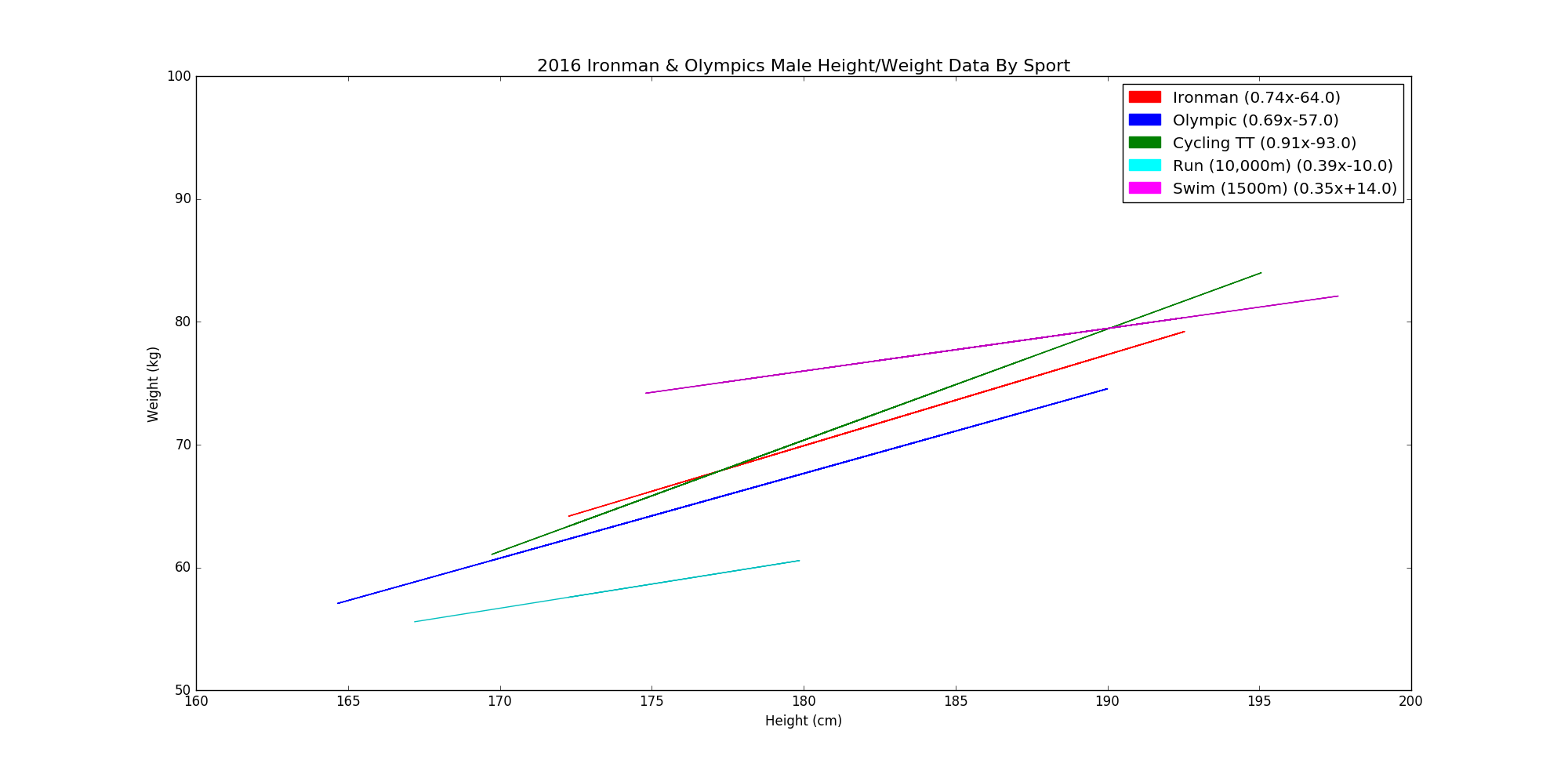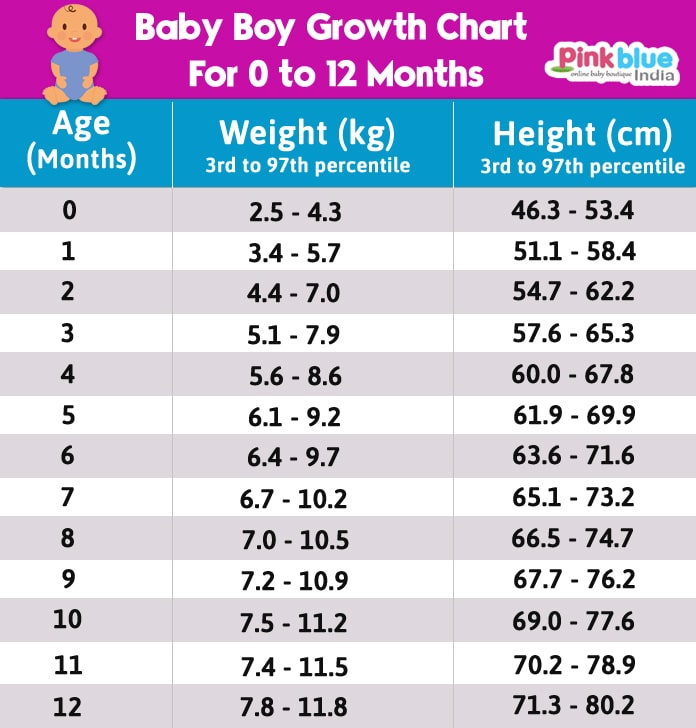143 to 186 lbs. It means that you are within the defined ratio range. 5 1 100 to 131 lbs. Body frame size is another factor that can have a significant impact on the measurement of ideal weight. A male at a similar height to a female should weigh about 10 20 heavier. 5 2 104 to 135 lbs.
148 to 193 lbs. If the answer is 05 or less the chances are that they have a healthy weight. 136 to 163 lbs. You must correlate the ratio between the two by correctly interpreting your position in the chart. 153 to 199 lbs. A woman who is 5 feet and 4 inches.
5 97 to 127 lbs. 119 to 142 lbs. 141 to 168 lbs. 128 to 152 lbs. 124 to 147 lbs. The figure at which your height corresponds with your weight is your body mass index.
158 to 206 lbs. Select compute bmi and your bmi will appear below. Check your height to weight ratio using our approximate optimum average height to weight ratio chart guide below. If you use the stonespounds measurement system you can use our chart to convert stones to pounds andor kilograms. 169 to 220 lbs. Thus you get three states from the chart.
To calculate the wthr a person should divide their waist size by their height. Underweight 185 normal weight 185249 overweight 25299 obesity bmi of 30 or greater. Body mass index bmi weight. 132 to 157 lbs. The height and weight chart are meant to help you evaluate the association between the two components. You may also be interested in our chart showing the average height of men and women by country.
4 11 94 to 123 lbs. To find yours consult the chart or use webmds bmi calculator. 164 to 213 lbs. Enter your weight and height using standard or metric measures. 5 3 107 to 140 lbs. 4 10 91 to 118 lbs.
Feet inches your weight. Weight in pounds 5 x bmi bmi divided by 5 x height in inches minus 60 weight in kilograms 22 x bmi 35 x bmi x height in meters minus 15 the biggest differences between the older equations and the newer equation come in the taller height range. The taller the person the more muscle mass and body fat they have which results in more weight.



















